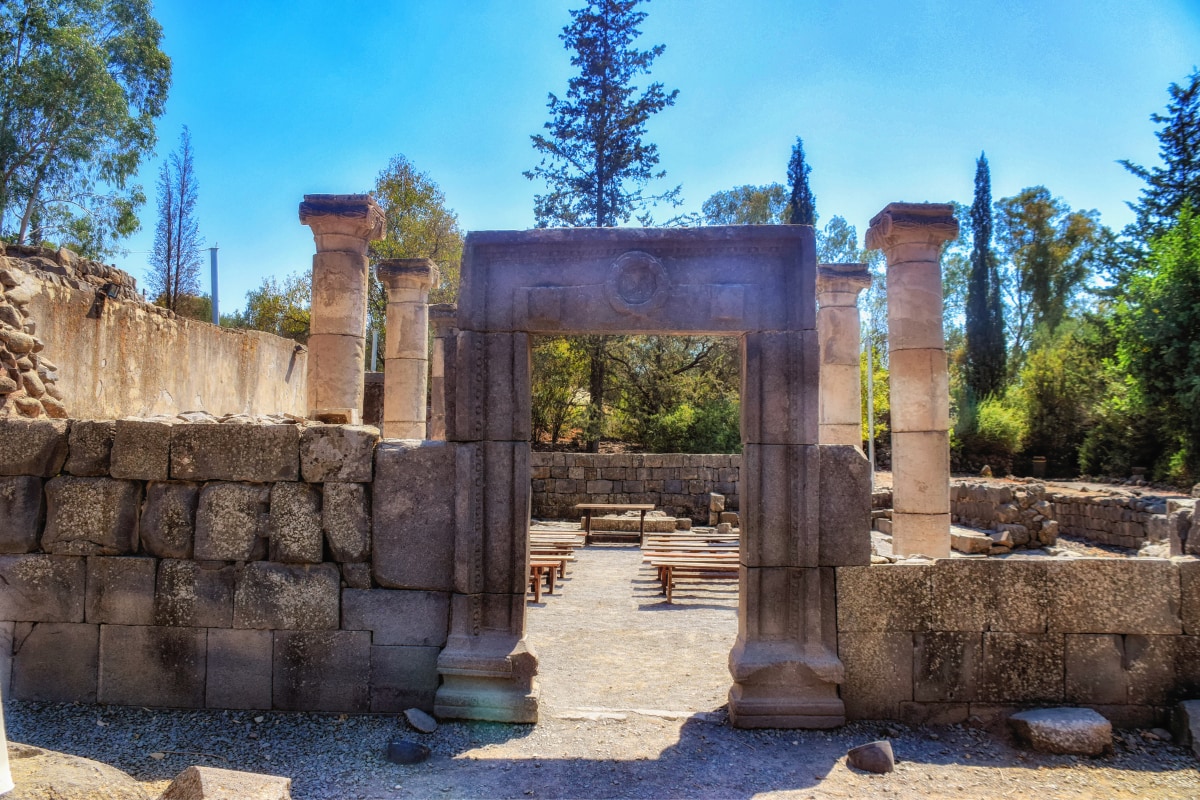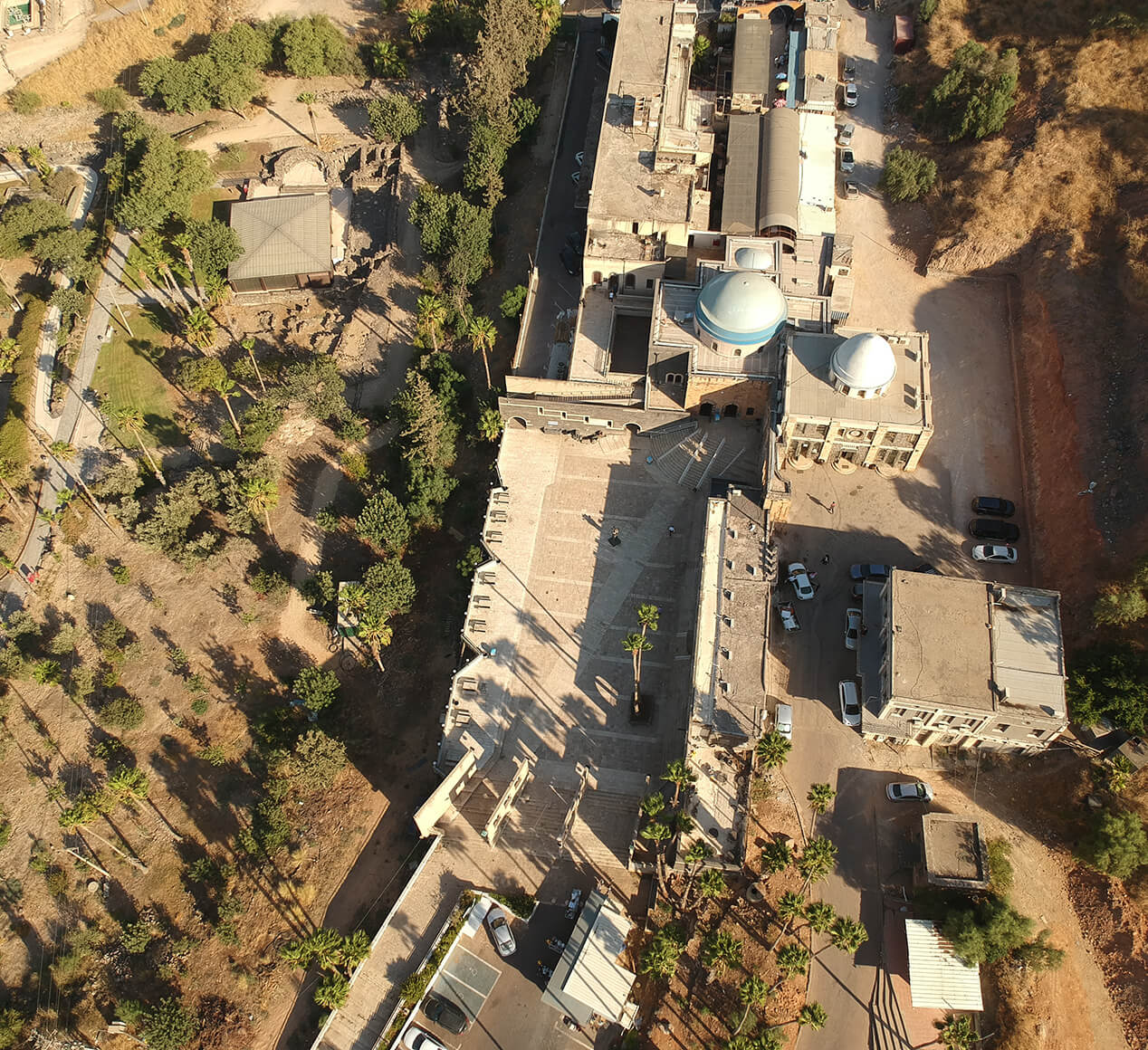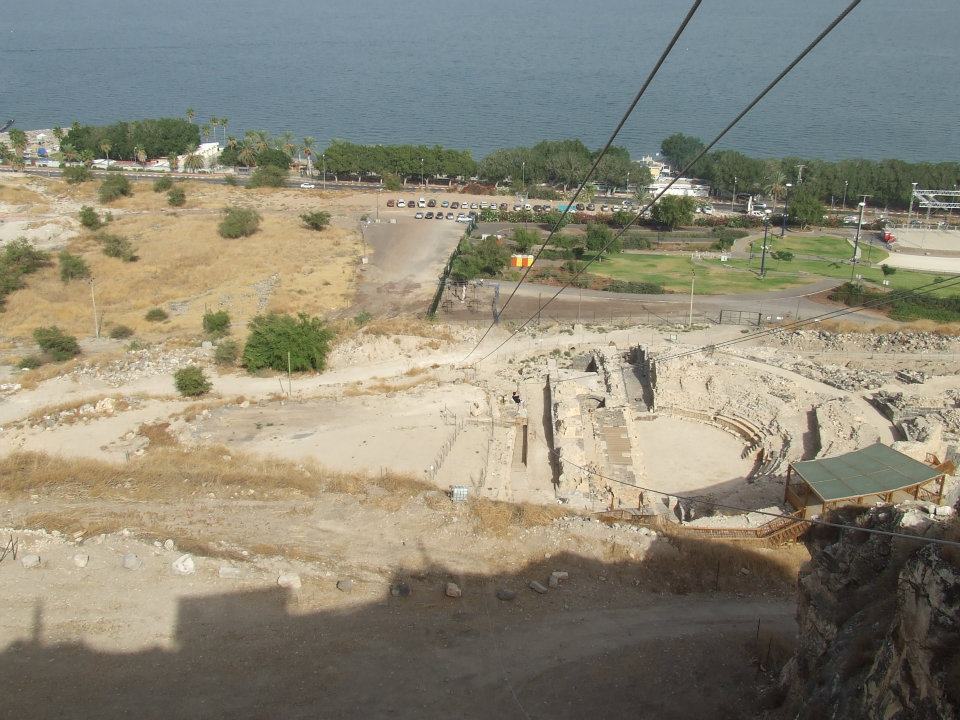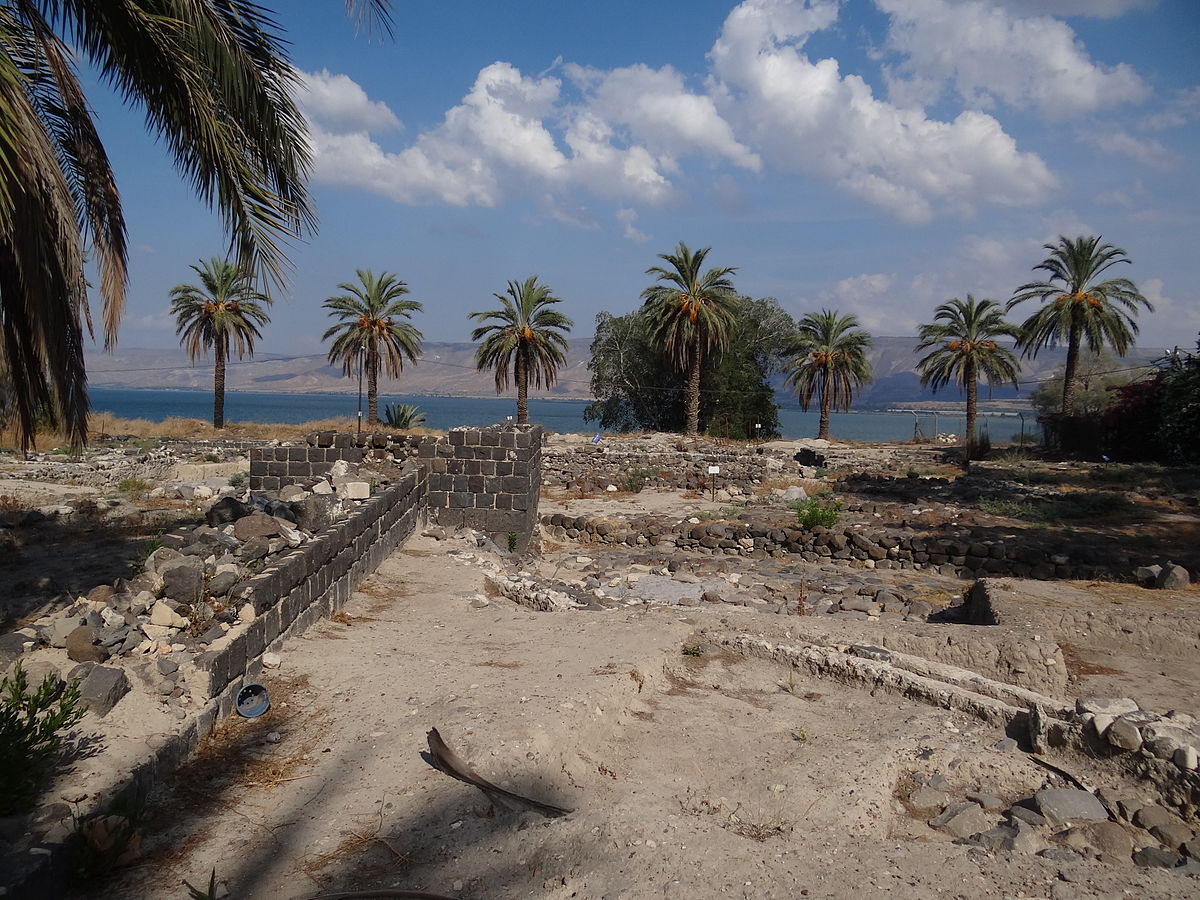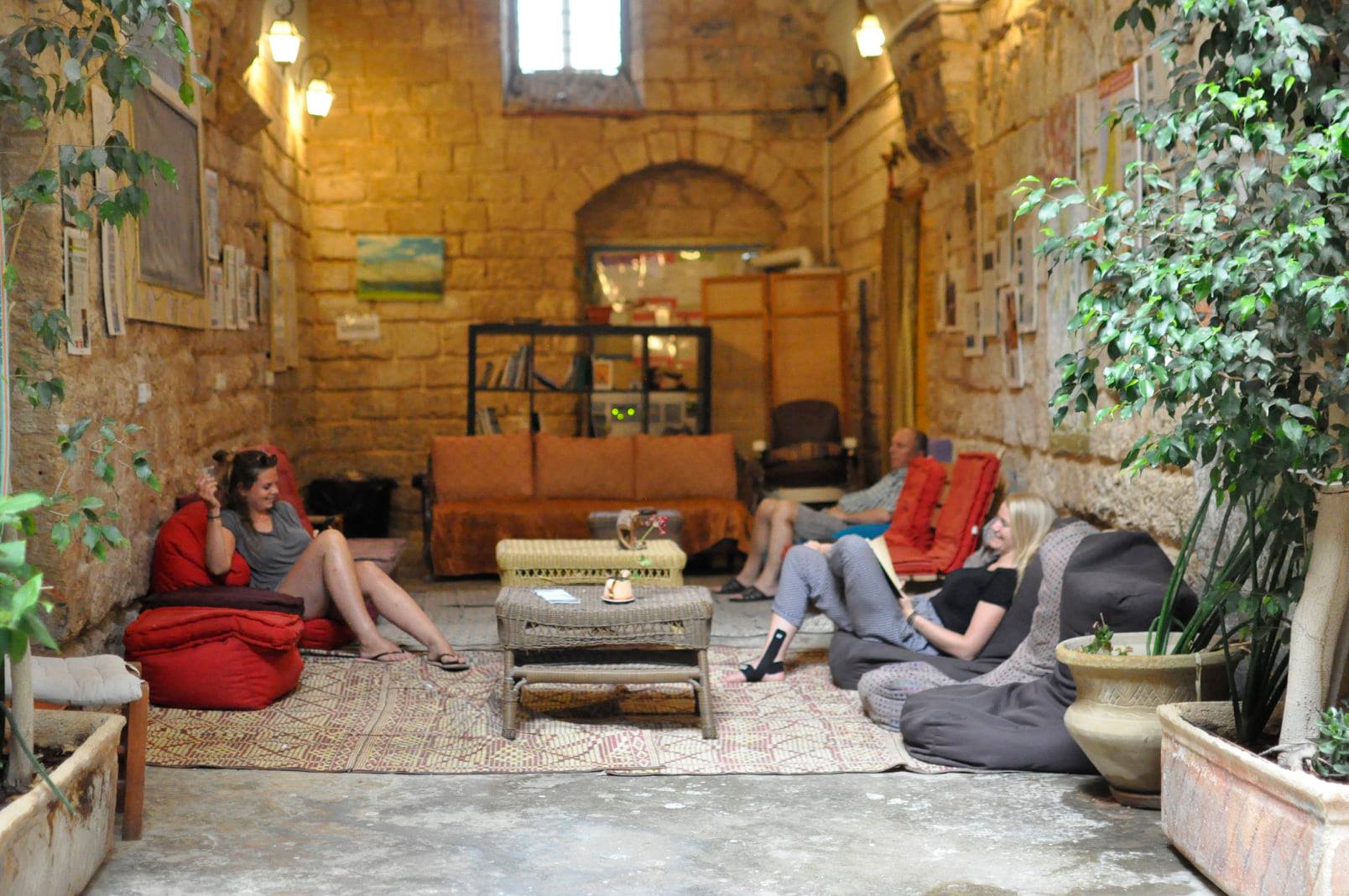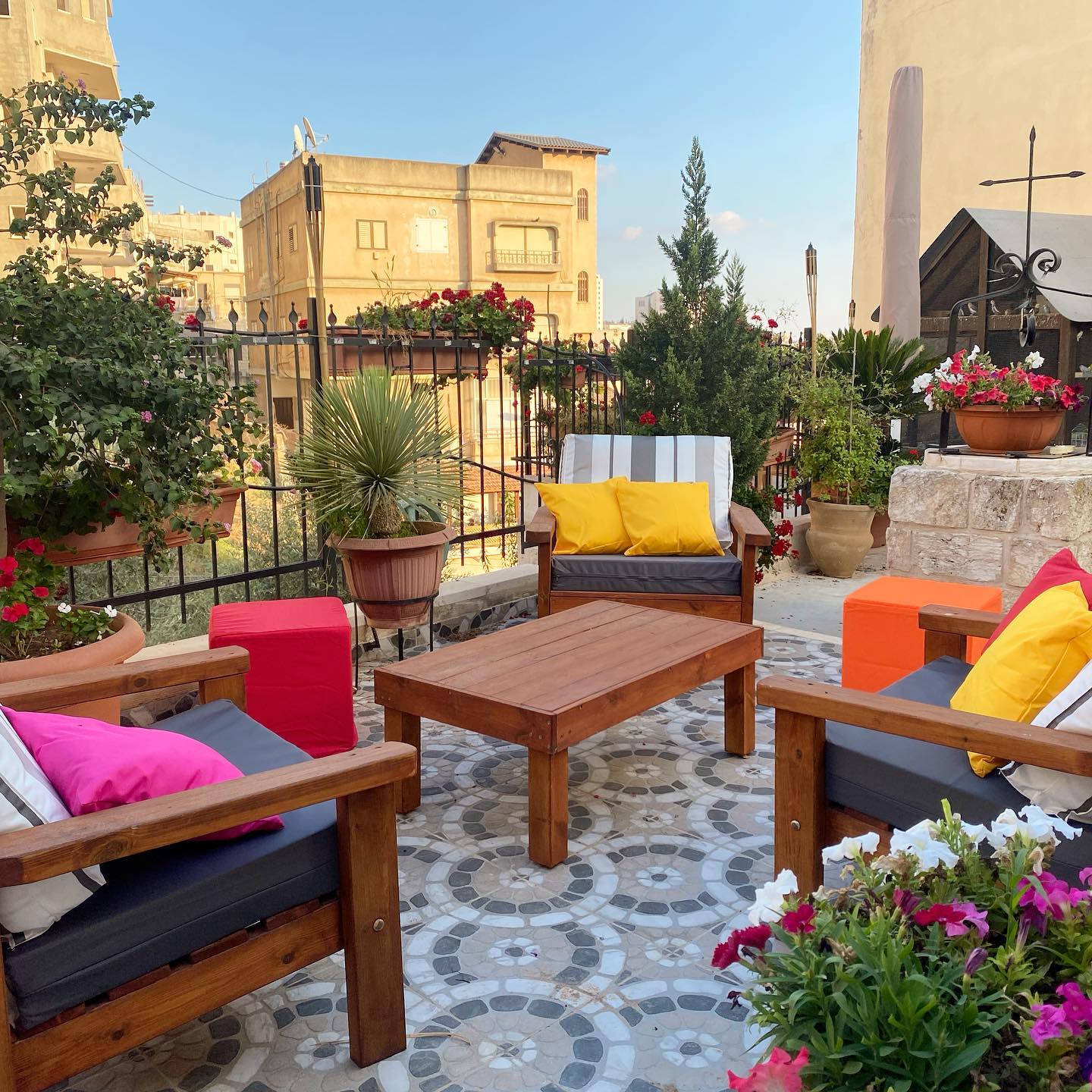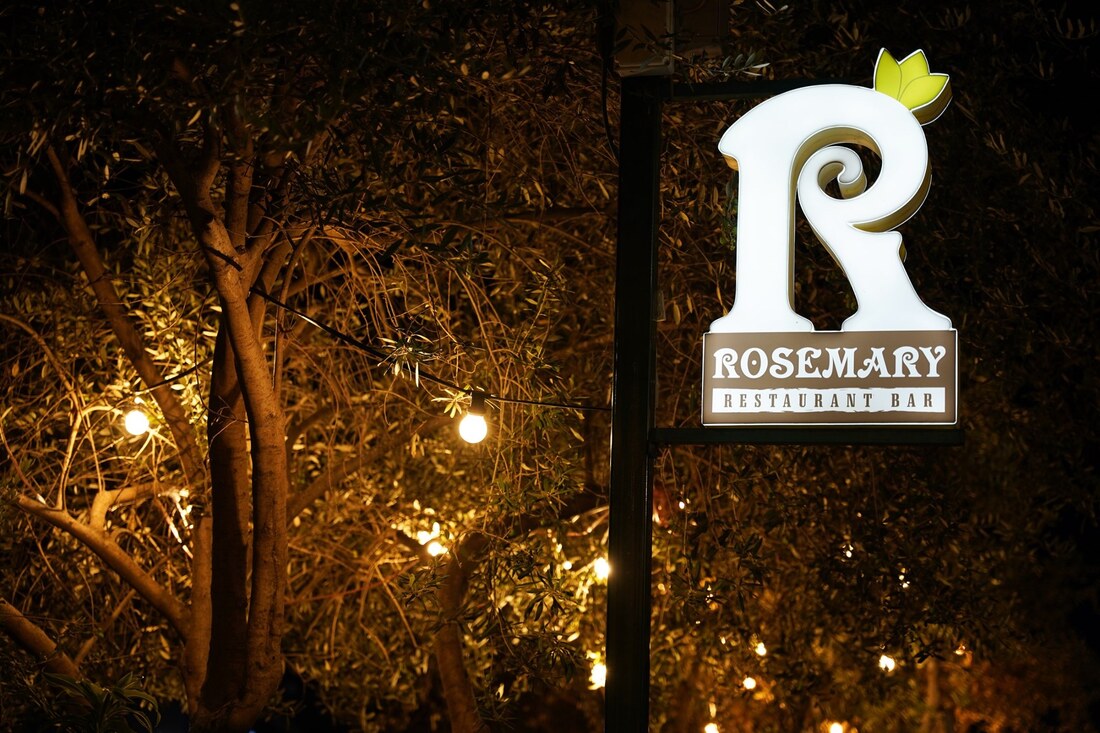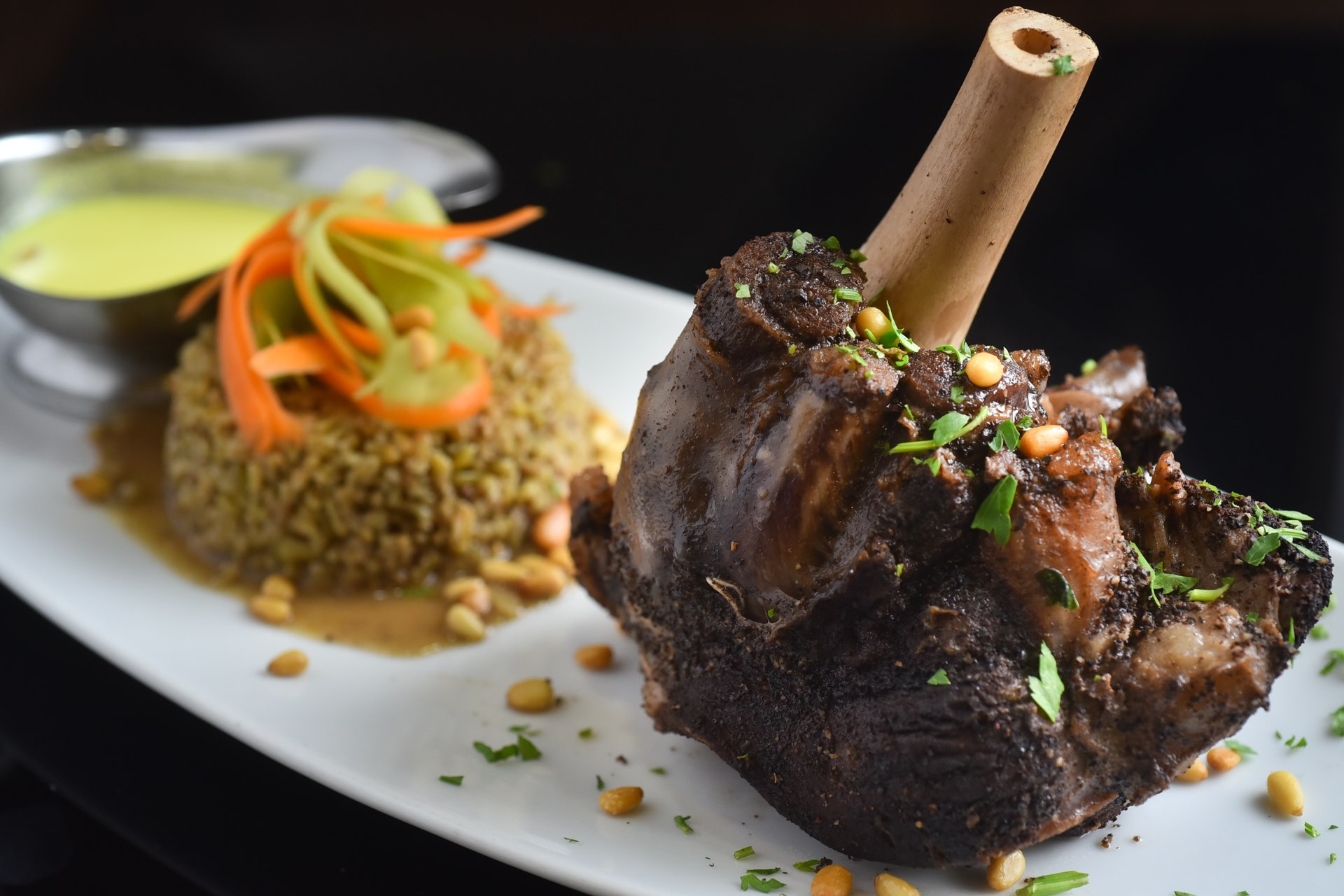Nazareth has been home to the Diana Restaurant for more than 44 years. The well-known and beloved restaurant was established in the beginning by Abu Duhol, who brought the seafood gospel to the Arab sector as early as the 1970s. In 1993, the management of the restaurant passed to his children, the most famous of whom is Chef Duhol Spadi, whom you probably know as one of the leading contenders in the second season of Master Chef.
Today the second generation continues to strengthen Diana, which has risen to new heights culinaryly and has become a brand just like its owner. Homemade and fresh food, with Syrian, Lebanese and Turkish influences, has amassed a large fan base over the years – and today it can be said with certainty that it is a pilgrimage hotspot for locals and tourists alike. The open kitchen allows you to see in real time how the magic takes place – the work of the Spadi family and the cooks.
The chef of the restaurant today is Wasim Spadi who took his father’s dishes and added new, quality and fresh ingredients to them, which have become Diana’s hallmark. What has not changed, and probably will never change, is the family passion for home-cooked food, on which both Abu Duhol and his sons grew up. The flavors from mom and grandma continue to be the main thing, so it’s no wonder you can feel the love in every bite.
The meats at Diana are the highlight and some of the flagship dishes are actually meat dishes, with excellent flavors and aromas of charcoal grill (rare in our districts). Try for example fresh circle shawarma, ground lamb kebab, fine lamb chops and also lamb saddle skewers, for which it is only worth booking a place. The meats are served alongside a rich selection of salads and starters like Abu Duhol’s special hummus. There are also fresh grilled fish, which come every morning from the Sea of Galilee, the Mediterranean and the breeding ponds; Seafood-based entrees like shrimp and calamari; Traditional Arab dishes such as Cuban, adsorption and coffee; And for dessert, knafa, orchid, baklava in a variety of flavors and more.
Groups from abroad who come to tour the exciting Nazareth, are invited to experience the city through the plate. After visiting the religious and tourist centers, it is worth staying at Diana and connecting to Nazareth on a culinary level as well. Diana for a restaurant is a must on every visit to Israel.
A cylindrical stone surrounds the outer walls of the restaurant, in order to preserve the charm and authenticity that characterizes Nazareth. A shaded terrace and a variety of flowers welcome diners, who can relax in it and enjoy the pleasant and cool atmosphere at all hours of the day. The interior of the restaurant has been given a design that combines modern with oriental and immediately evokes a relaxed feeling.

